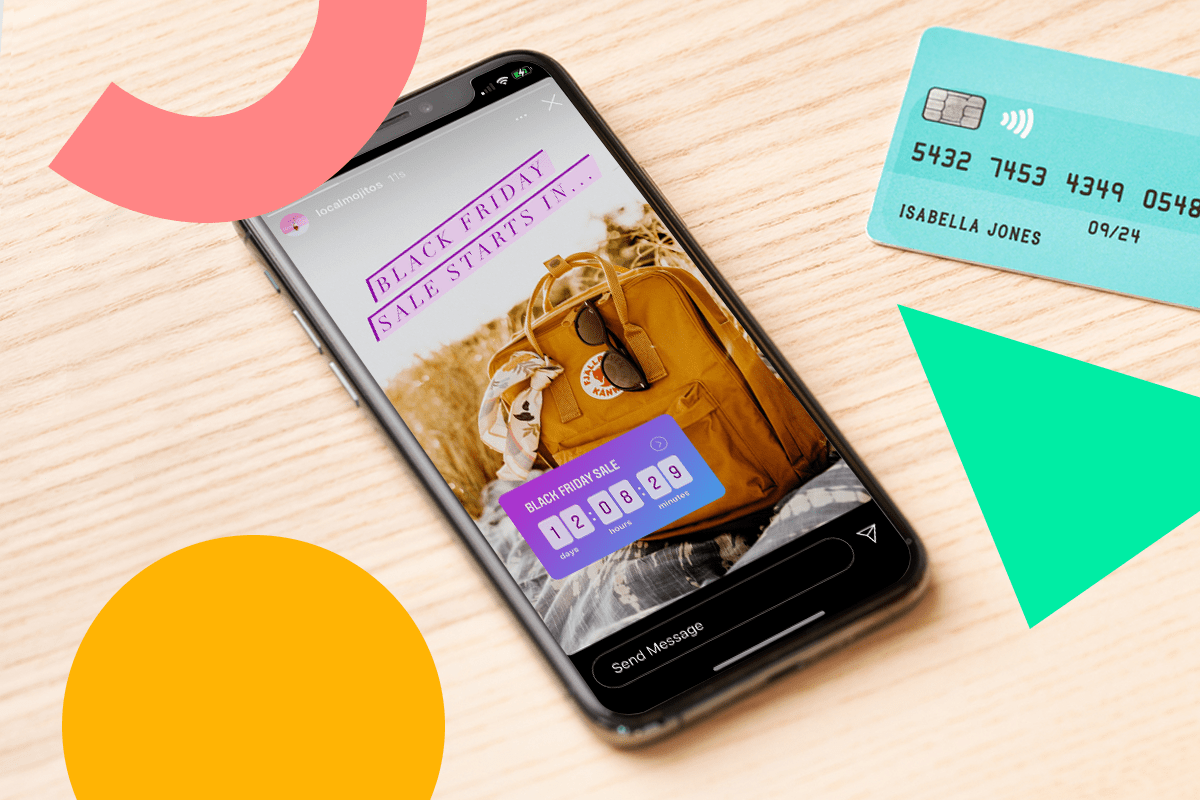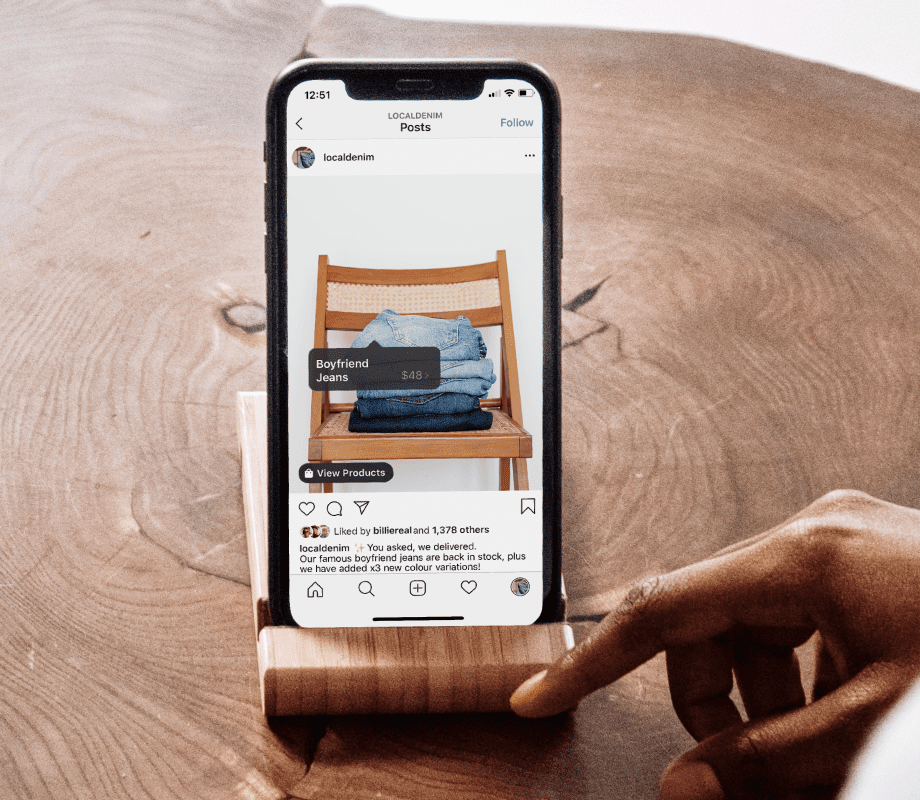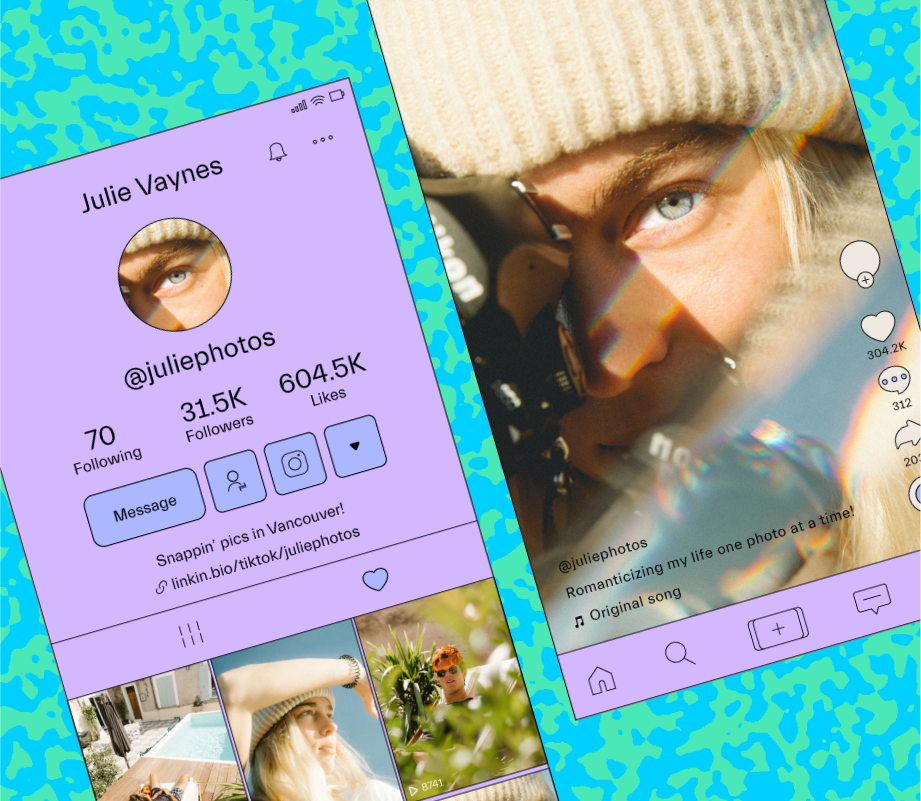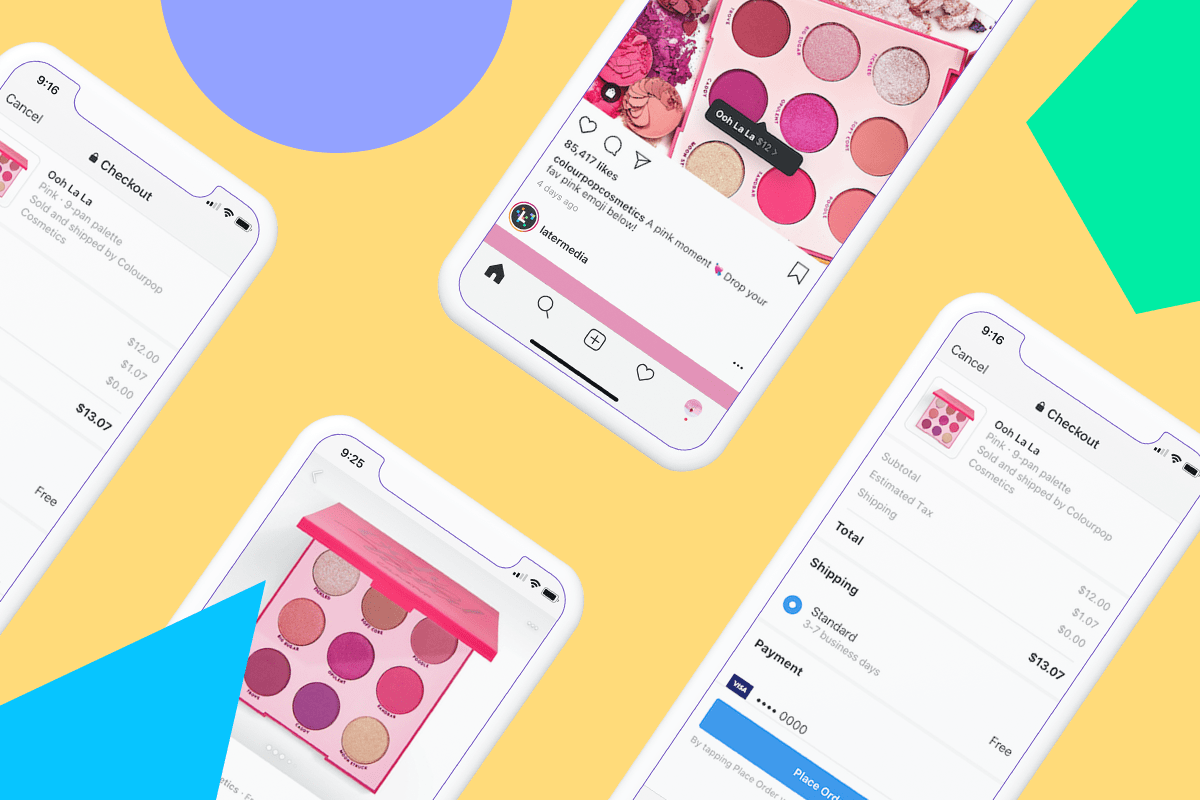November is right around the corner, which means it’s time to start planning your Black Friday campaign on social media!
Black Friday in 2019 was the biggest day ever for mobile shopping, with $2.9 billion in sales coming from smartphones alone.
If you’re hoping to get in on the action this year, you need to start planning early.
In the following guide, we walk you through every stage of planning and executing a Black Friday campaign on social media, from setting your goals to developing a creative concept, working with influencers, and planning a stunning Instagram feed that sells.
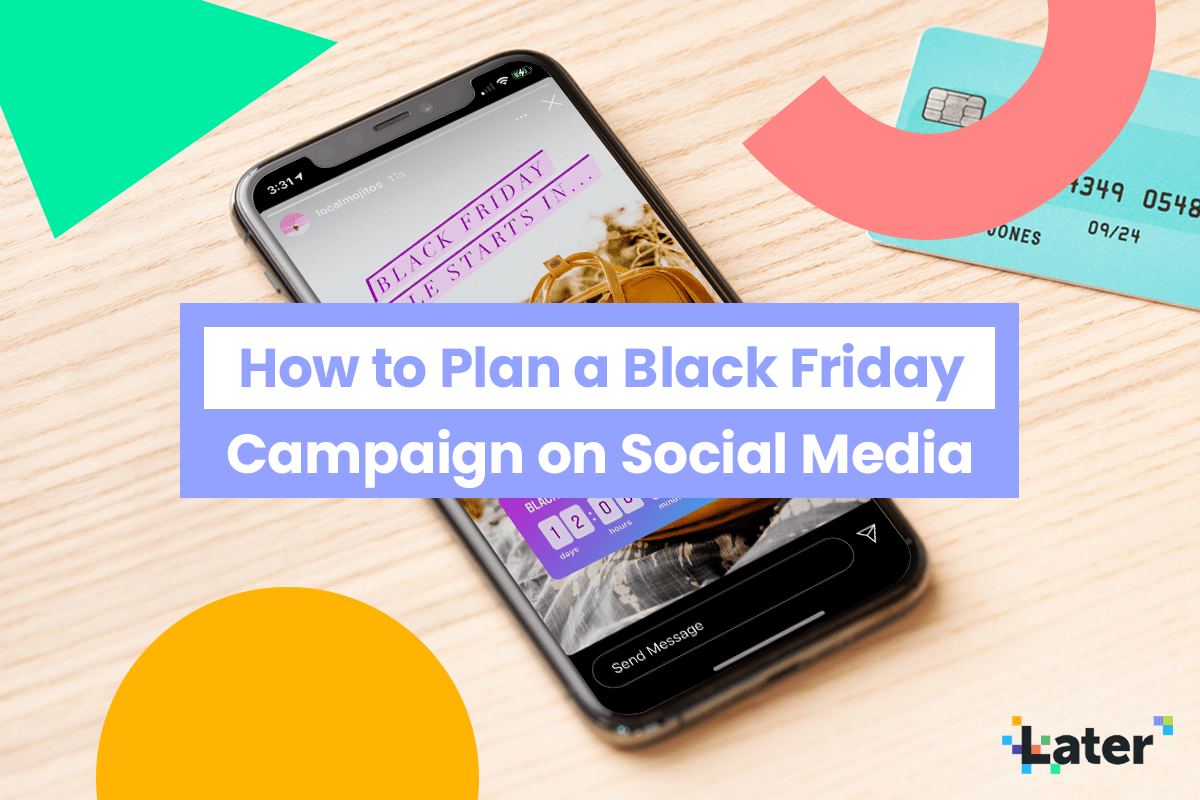
Planning a Black Friday Campaign Step #1: Set Your Goals Early
If this is your first time planning a Black Friday campaign, your first step is to set your goals and key performance indicators (KPIs).
Some businesses use Black Friday and Cyber Monday to clear old inventory, while others use it to launch a new offering or boost sales of a holiday-centric product.
There are really endless possibilities here. But the goals you set will determine the type of campaign you run, as well as the metrics you use to track your success, so try to get as specific as possible.
If this isn’t your first Black Friday campaign, start by reviewing last year’s campaign results.
Was your 2019 Black Friday campaign successful? Did it perform as well as you hoped? What metrics or KPIs did you use to measure your success? Were they useful?
Reflecting on your previous successes or failures is a great way to identify areas where you can improve, so don’t skimp out on this step.
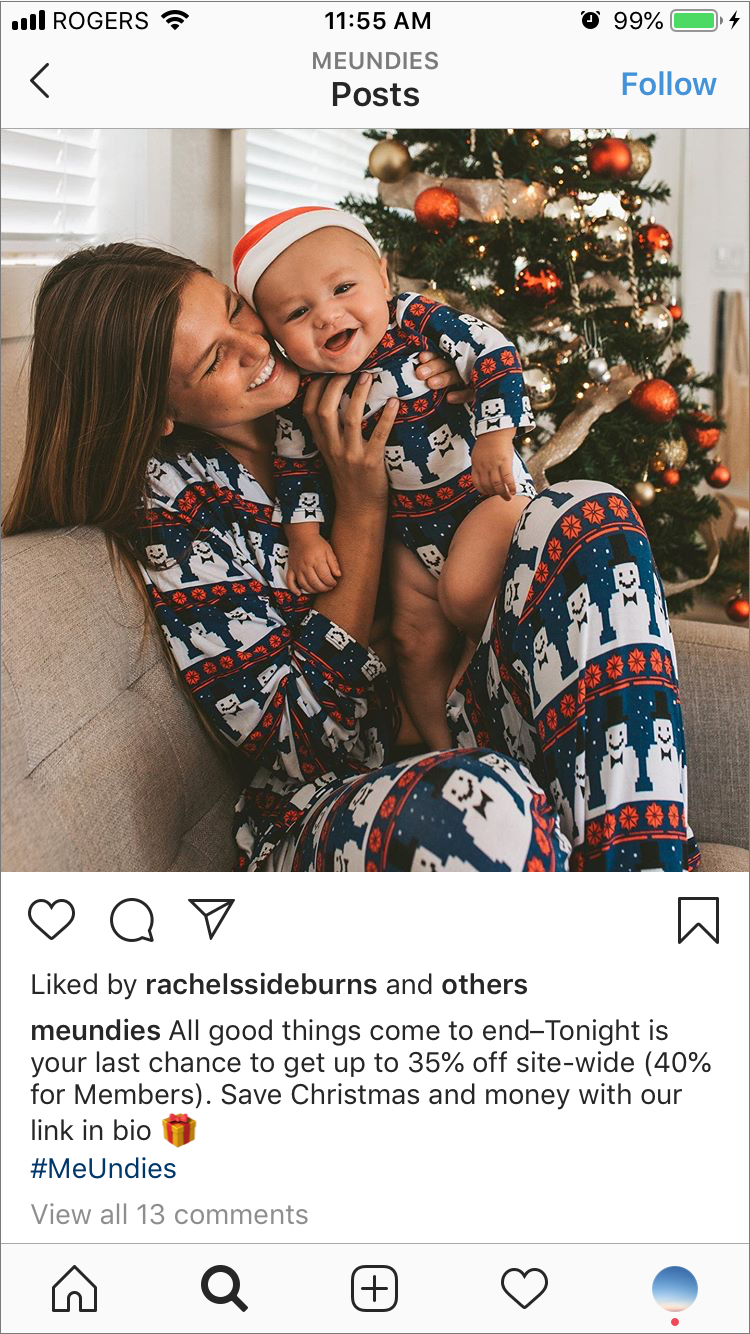
Once you have your campaign goals, it’s time to put some thought into your KPIs.
Since Black Friday and Cyber Monday are both centered around shopping, there’s a strong chance your campaign goals will be tied to a specific number of sales, conversions, or revenue.
For example, if you’re planning to promote a new product, you may want to set a goal for how many units you sell during the campaign. Or if you’re offering a discounted subscription to your app, you’ll probably be tracking app store conversions.
In any case, the more you’re able tie your campaign back to measurable results, the better.
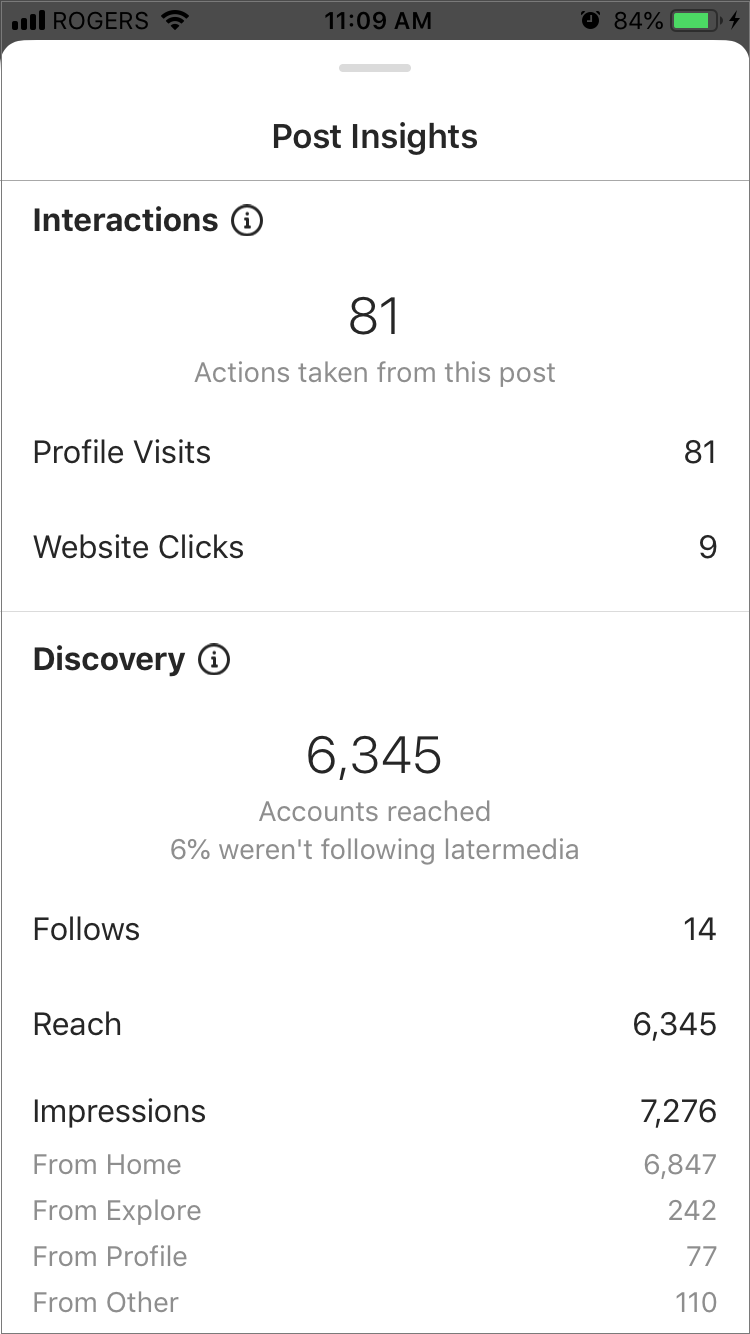
In addition to conversion metrics, you might also want to set goals for brand awareness.
While your campaign might have nothing to do with engagement and everything to do with making sales, setting goals for the number of likes, comments, views, and shares you receive is still important.
Another thing to consider is where you’re planning to actually convert your customers.
If you’re mainly using Instagram’s shopping tools for this (like Instagram Shops and Checkout), you’ll need to track your metrics in Instagram (like how many people tapped to see more product details or clicked on “shop now”).
On the other hand, if you’re using social media to drive traffic to your website to complete their purchase, you’ll be keeping an eye on website clicks (or if you’re using Linkin.bio by Later, you can use your Linkin.bio analytics to track clicks and page views from Instagram posts).
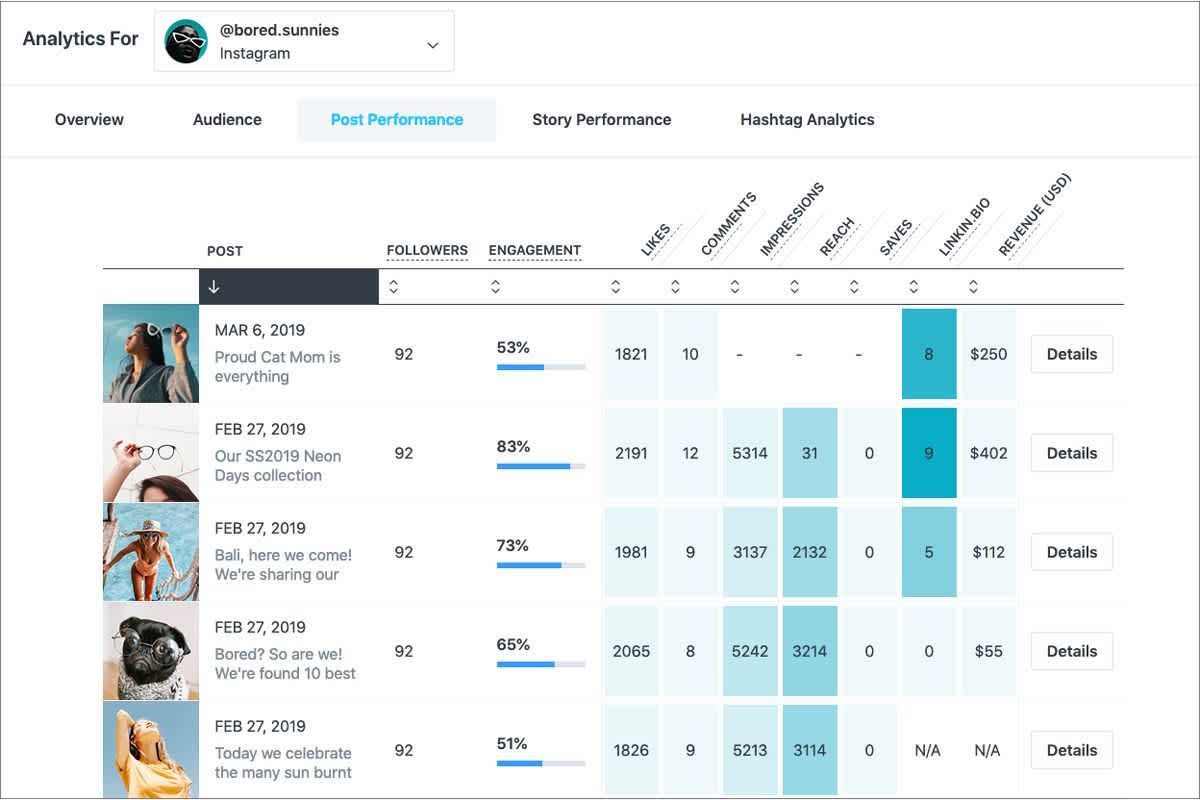
As part of your campaign goals, it’s also important to identify the target audience for your offer.
Depending on the goals of your campaign, your target audience could be very broad and include users who don’t currently follow you, or it could be a narrow subset of your followers.
Whatever the size, your campaign efforts will be much more effective if you focus on an ideal customer, considering their demographics (age, gender, and location), as well as the attitudes and emotions that drive their purchase decision (their interests and pain points).
Here are a few questions to help keep you on track:
What kinds of content do they engage with?
Do they prefer photos or videos?
What stickers do they engage with the most?
What hashtags do they use and follow?
What communities are they a part of?
Once you can nail down your campaign goal and your target audience, you’ll have solid foundations to help plan and execute the rest of your Black Friday campaign!
Planning a Black Friday Campaign Step #2: Nail Down Your Timeline
While Black Friday and Cyber Monday used to be one-day events, a lot of businesses now run promotions throughout the whole month of November.
Set the length of your campaign depending on your individual goals, but remember, the longer your campaign runs for the harder it can be to keep momentum.
Since Black Friday and Cyber Monday are both tied to a specific date, let that act as your starting point and then work your way backward from there.
For example, if you’re launching a one-day promotion on Black Friday, you need to break down when each product will be promoted in the lead-up to that day, as well as what channels you’ll be using to promote those products (something we’ll be discussing next).
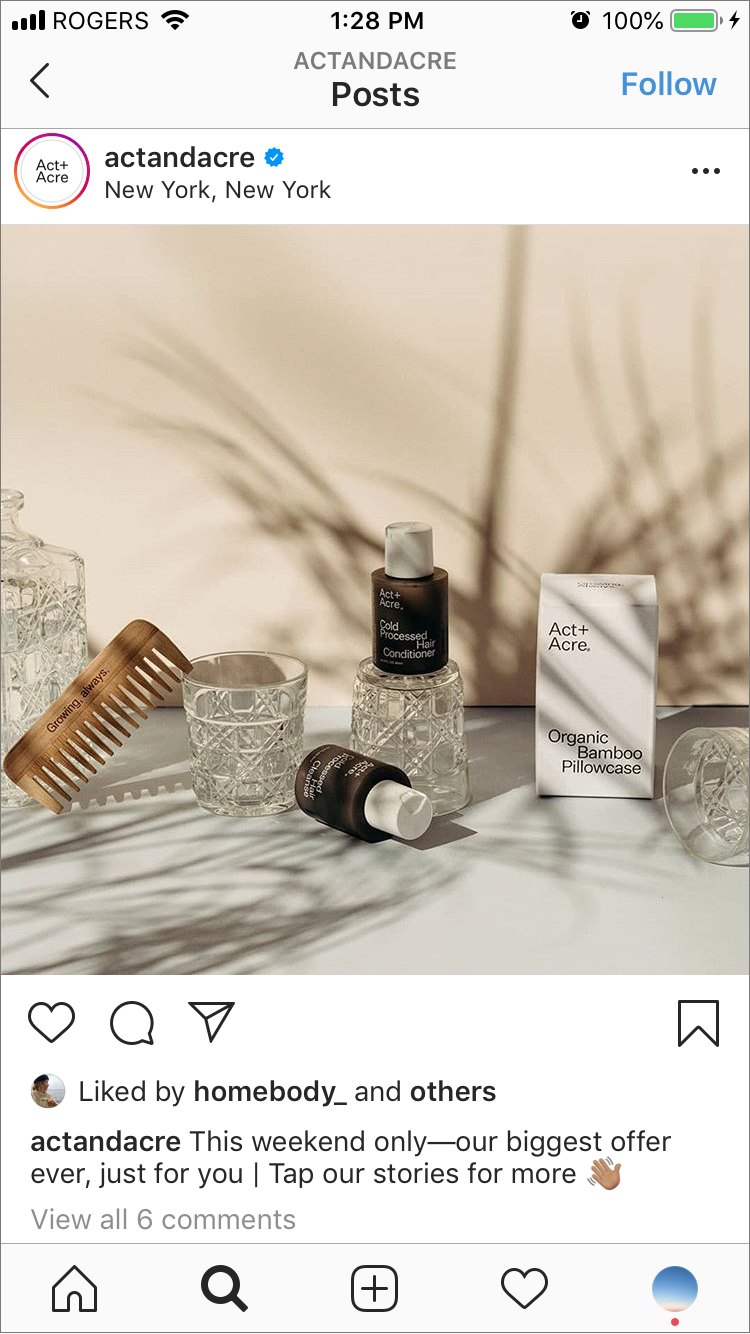
On the other hand, if you’re running a week-long Black Friday campaign with multiple sales and giveaways, you may want to start teasing your promotions as early as late-October – it really depends on size and scale!
Whatever timeline you decide on, it’s really important to build a robust promotional calendar that ties back to the specific goals of your campaign. This will give you a much clearer idea of how much lead time you’re working with and the potential scope of the project.
Plus, if you’re partnering with any influencers, you also need to consider their timelines!
Planning a Black Friday Campaign Step #3: Choose Your Social Channels
Now that you have a goal and a timeline, you’re ready to start choosing what social media channels you’re going to light up when you launch your social media campaign.
It’s a good idea to be active on most of your social channels during this period to maximize the impact.
But each channel you choose – Twitter, Facebook, Instagram, Pinterest, and Youtube – should have a slightly different strategy and approach, because of how your audience responds and how each platform functions.
For example, while Twitter is a great channel for keeping your audience in the loop about your promotions, it isn’t as good for e-commerce sales.
Instagram, on the other hand, is an e-commerce powerhouse, so if online sales are your main objective, it makes a lot of sense to keep Instagram front-and-center in your strategy.

Another big consideration is what channels your audience most frequently uses.
If you have an active community on Instagram and Pinterest but very few followers on TikTok, it’s probably best to focus your efforts on those channels rather than trying to do everything at once and spreading yourself too thin.
Remember: It’s always better to have less content that’s really engaging than more content that’s poorly-executed.
But don’t be afraid to let your creative juices flow at stage! Get every idea down on paper and assign it to a suitable social channel. Once everything is written down, you can sort through your ideas while keeping your timeline and resources in mind.
Planning a Black Friday Campaign Step #4: Create Your Assets & Prep Your Promotional Strategy
Now that you have all the background details like goals, timeline, and channels locked down, it’s time for the fun part: what will your campaign look like?
If you’ve never run a social media campaign before, this step is all about brainstorming!
The goal is to come up with a solid creative direction that is in line with your existing branding but distinct from your day-to-day social posts.
Here are a few questions to help you get on track:
What is the idea or concept behind the campaign?
What is the focus of your campaign? What products or services will you be focused on marketing?
What is the campaign’s promotional strategy?
How will the campaign help you reach our business goals?
Mood boards are great at this stage of planning – they can help you gather ideas and inspiration for your campaign and refine your creative direction.
As Later’s Jill Warren writes, “The trick is to use your mood board as a launchpad for creativity, rather than repeating designs that already exist.”

Check out our 7 design tips to take your campaign creative to the next level!
Once you’ve come up with the broad strokes vision of your Black Friday campaign, including its concept and overall look and feel, you can begin to create your assets.
This includes photos, videos, graphics, GIFs, and anything else you’re planning to post on social media before, during, and after your campaign.
Of course, how you go about creating your assets is going to vary heavily depending on the size of your company, your resources, the size of your campaign, and whether you’re selling a physical or digital product.
For a physical product, you’ll (of course) be creating photos and videos with your actual products.
You’ll want to have a mix of both product photos and lifestyle photos, and your creative shoot could range from a small photo session with your iPhone to a multi-day, big-budget shoot with multiple photographers and videographers.

For a digital product, most of your content creation will probably be in the form of graphic images or videos.
As we said, this part of the planning process varies greatly, but the most important thing is that you stick to your creative direction and create high-quality content.
You should also spend some time thinking about how you can repurpose your campaign content for multiple channels – don’t want to let anything go to waste!
To do this, map out exactly what piece of content you need for each channel, and what their size dimensions are before your assets are created.

Finally, you should also think about the promotional strategies for your campaign.
A lot of businesses like to partner with Instagram influencers to reach more people and get the word out about their campaign.
One influencer marketing strategy we’ve seen on Instagram lately has been to have all of your influencer partners post on your launch day to generate as much hype as possible.
But you can also ask your influencers to post in the weeks leading up to your campaign to drive extra visibility beforehand.

If your Black Friday sale is mostly taking place on your website, you may want to run a lead generation campaign to collect as many emails as possible before you go live with your offer.
That way, you can give your email subscribers a heads-up about when the promotion is starting.
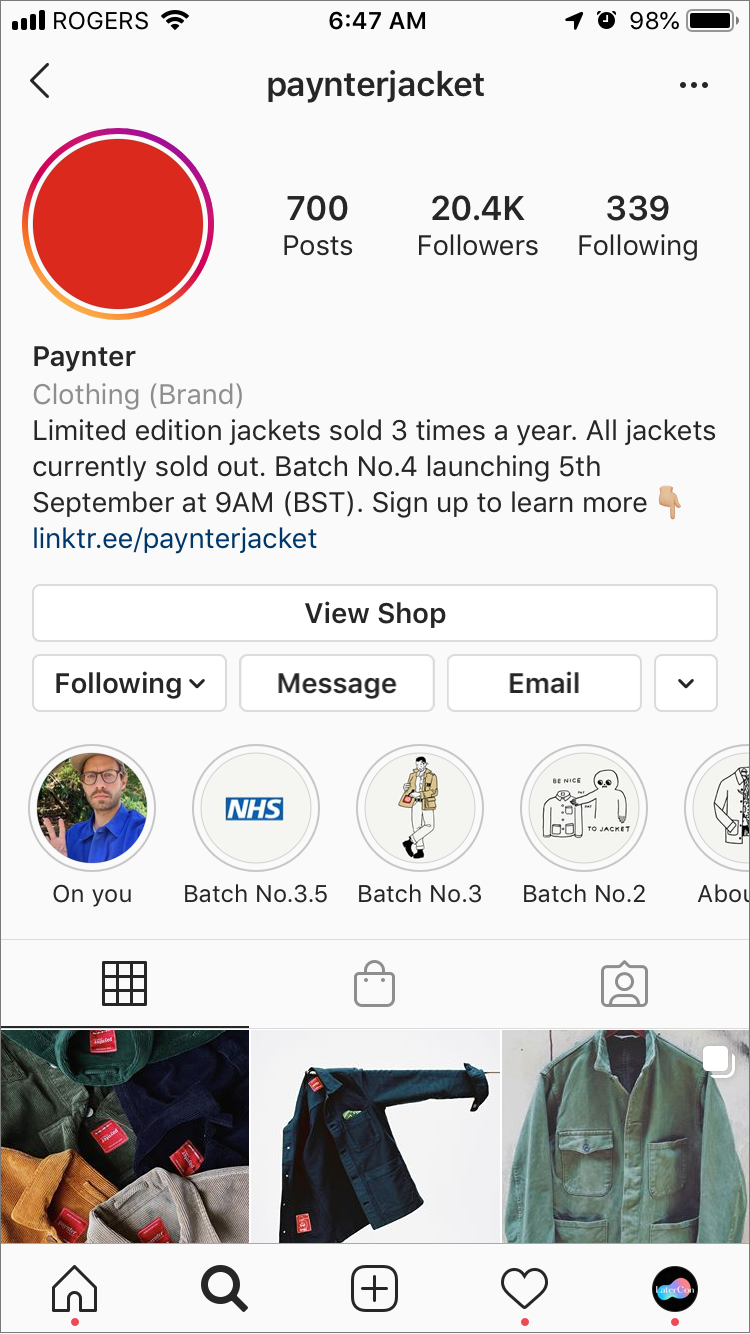
Another option is to simply tease your Black Friday campaign by sharing behind-the-scenes photos and videos, or using the countdown sticker on Instagram Stories.
The cool thing about Instagram’s countdown sticker is that people can opt-in to get notified when the timer is up, and they’ll receive a reminder from Instagram.

Planning a Black Friday Campaign Step #5: Schedule & Go Live with Your Campaign
Once you have all your content and assets, it’s time to put everything together and plan out your social media content calendar for your campaign!
Now’s the time to plan when each piece of the puzzle goes live across your social channels for maximum impact for your campaign.
When it comes to planning out your campaign content, there’s no better tool than Later’s intuitive and easy-to-use content calendar!
You can schedule your photos and videos to Instagram, Twitter, Facebook, and Pinterest with Later, and view all of your social posts on a content calendar together to have a comprehensive view of everything that’s going out.
Even if you’re still waiting on the final assets, you can still plan out your posting schedule with Later’s calendar notes feature.
You can add notes to remind yourself to post on that day or time, create placeholder content, or indicate which posts will be a part of your campaign.
If you’re posting about your Black Friday campaign across multiple social channels, you probably have a lot of different photos and videos to manage.
Instead of scrambling to find the right content for the right channel close to the deadline, you can upload all of your content to Later’s media library so everything is together and easily accessible in one place.
You can use labels to tag all of your campaign assets and keep them organized, so they’re just a click of a button away when you need them.

This step is all about getting as prepared as possible before your campaign launch. If you’re running a big promotion on Black Friday, chances are you’re going to have your hands full, whether it’s responding to customer inquiries, managing your influencer partners, and more.
By scheduling all of your content in advance, you can keep your focus on providing as great a sales experience as possible.
Save time by planning & scheduling your Black Friday posts for Instagram, Facebook, Pinterest, and Twitter with Later!
Planning a Black Friday Campaign Step #6: Track and Measure Your Campaign Success
We did say that a successful campaign was all in the planning – well, now you’re already planning for 2020!
By setting up trackable links and getting your campaign reporting in order in advance, you’ll be fully prepared and armed with more campaign knowledge for future campaigns.
Here’s a couple of ways to get your reporting organized for your 2020 holiday e-commerce campaign:
#1: Set Up UTM Tagging for Your Social Posts
A UTM is the piece of unique code you’ll add on to the end of your URL. With UTM tagging, you can make sure Google Analytics is tracking your social traffic with complete accuracy.
First, decide what website or specific webpage you want to send your followers to – this could be a specific landing page for your campaign or the shopping pages of your website.
It’s best to send your audience to a website where they can take a “next step,” whether that’s signing up for a service or making a purchase.
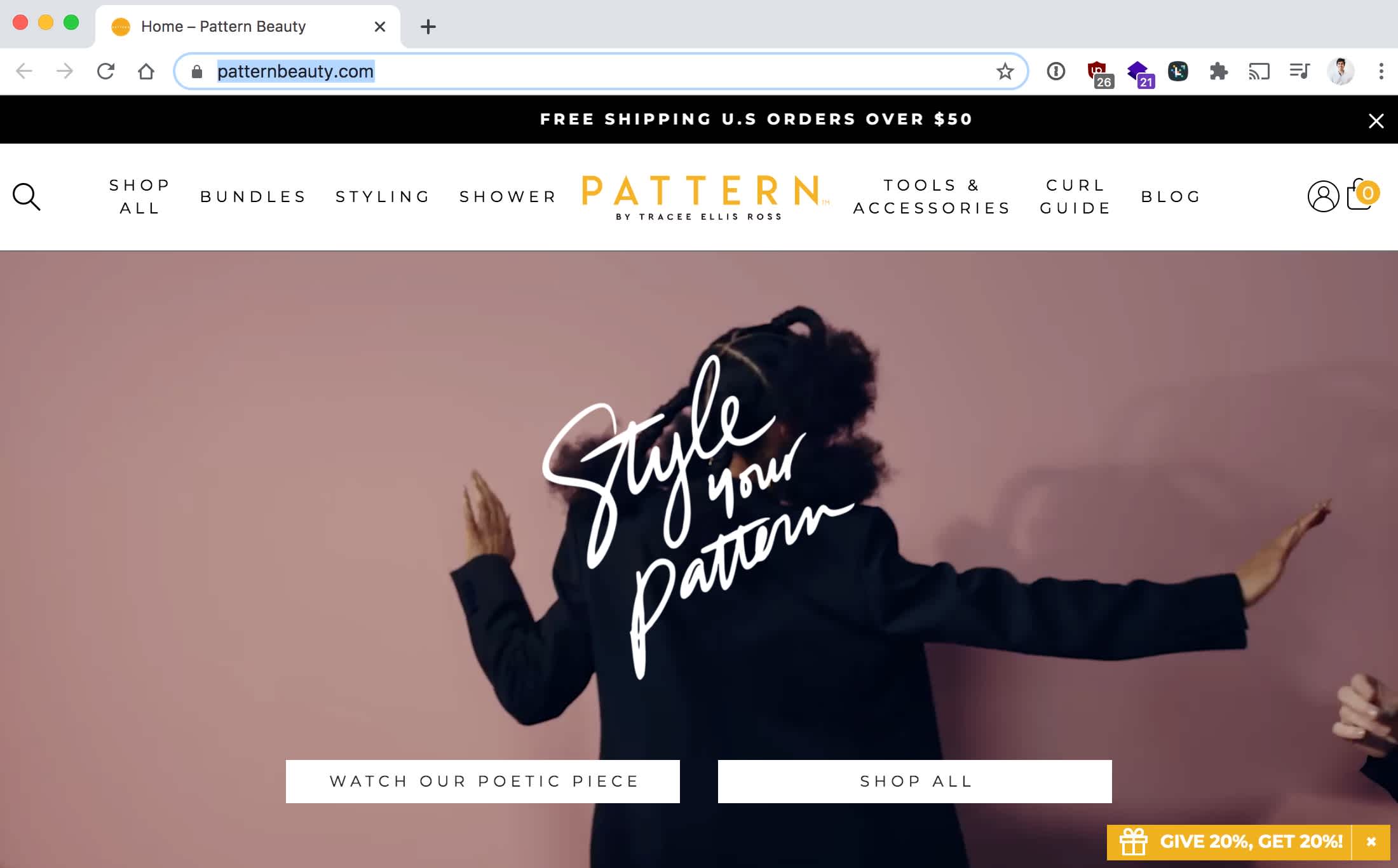
Next, Google Analytics lets you tag your URL with the following three campaign parameters and their values. You can add parameters (such as utm_source, utm_medium, and utm_campaign) to a URL to capture reporting data about the referring campaign.
For example, the following link would allow you to identify the traffic to later.com that came from Instagram, as part of a particular campaign:
https://later.com?utm_source=instagram&utm_medium=social&utm_campaign=black-friday-campaign
Note: Google Analytics is case sensitive so make sure you’re consistent in naming your sources!
Thankfully, all the technical stuff is taken care of if you use Google’s Campaign URL Builder — it allows you to easily add campaign parameters to URLs so you can track custom campaigns on your Google Analytics Dashboard.

All you have to do is fill out the form, and Google will create a custom URL for the social posts part of your campaign!
Now you’re all set! Once you’ve added the link to Instagram, you can start to track traffic from each link on your Google Analytics Dashboard.
#2: Review Your Social Media Analytics
Whether you’re promoting your Black Friday campaign on Twitter, Facebook, Pinterest, or Instagram, it’s super important to check in throughout your campaign (as well as afterward!) to see how your content is performing.
That way you’ll be able to gauge what content is getting the most traction, and what types of posts your audience responds to best. For example, you could find that user-generated-content (UGC) is driving more sales than stories on Instagram.
One way to do this is to check in with your analytics for each social site, like Instagram Insights or Pinterest Analytics.
However, this can be time-consuming, especially if you’re running your campaign across multiple platforms.
To help save time, you can track your Instagram, Twitter, and Pinterest performance all in one place with Later Analytics!
With Later Analytics, you can hone in on each post’s performance, and see which content is working best for your audience and your campaign goals!
Track and measure your Instagram, Twitter, and Pinterest performance with Later! Available on all paid plans starting from $9 per month!
And that’s it!
As you can see, a lot of work goes into running a successful Black Friday campaign – so if you haven’t started yet, it’s time to get planning!
Ready to create the perfect Instagram aesthetic for your brand? Design, curate, and plan your feed with Later!
